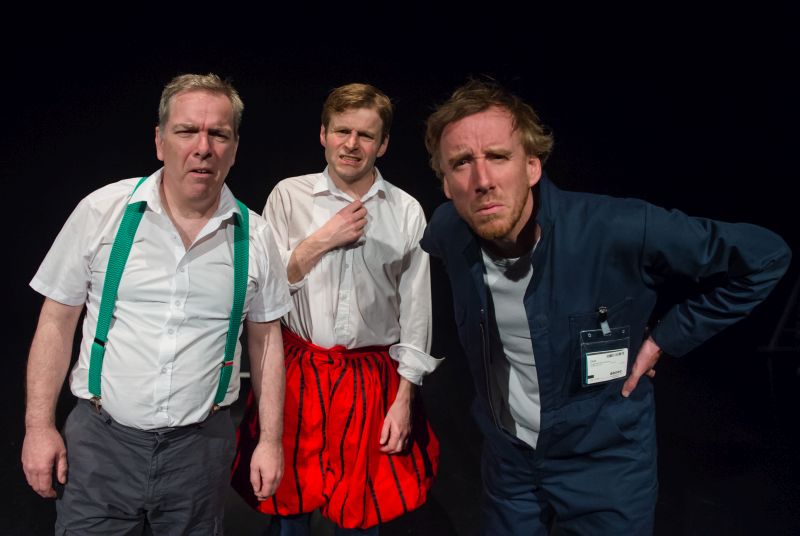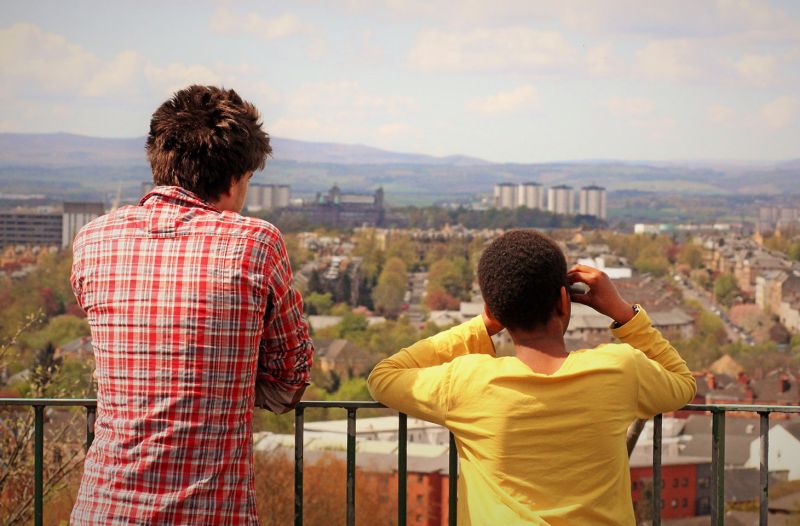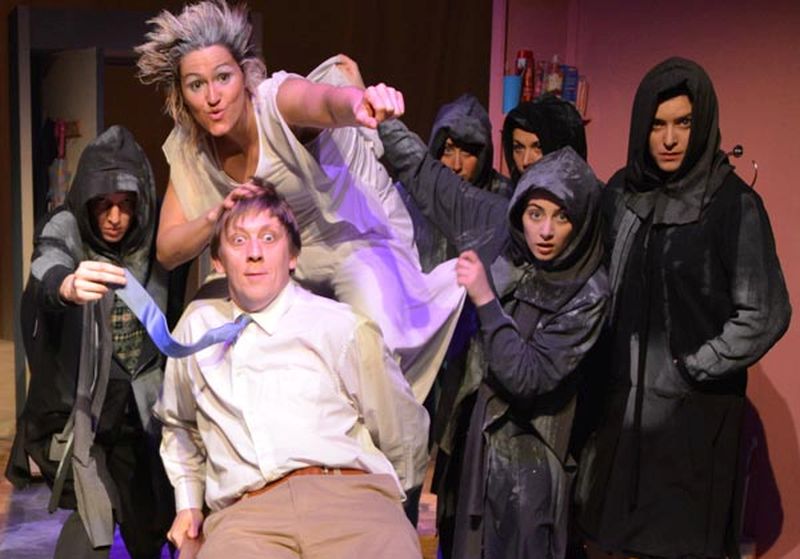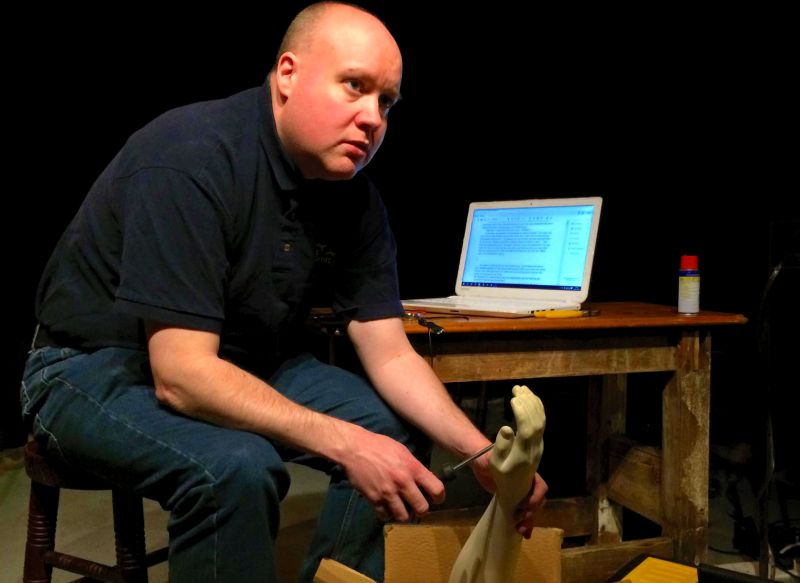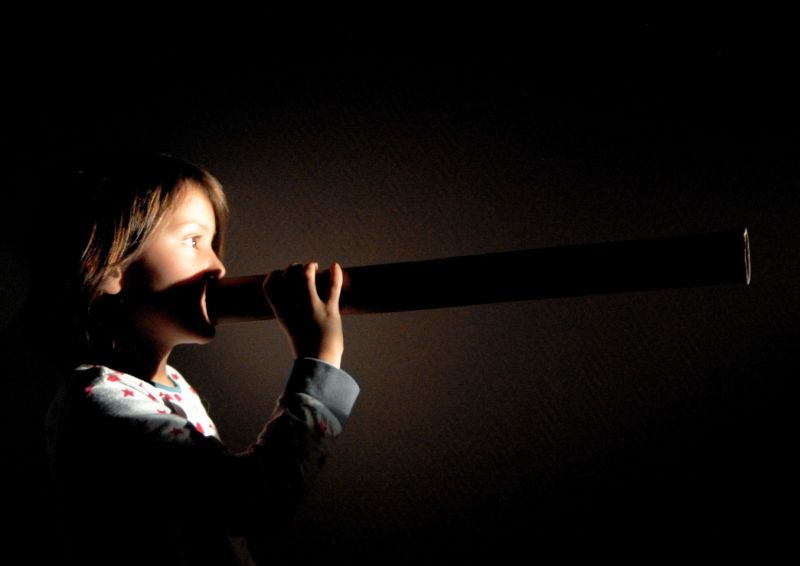 The room is a small cinema.
The room is a small cinema.
It has rows of light blue chairs.
The rows are long and the fabric is velvety.
On the chairs are black blindfolds.
Behind the chairs are long black tubes with black cones sticking out of either side.
The adults sit on the rows leaving one empty row behind them.
This row, we know, is for the children.
I hope I described that clearly: it has taken me years to learn how to do that – to know all the words and to organise them in a way that builds a picture. This is the task given to the children participating in Blind Cinema: to describe the images they see, in a film that they have never seen before. to adults who are blindfolded.
I listen intently to their description, given in whispers through the black tube I hold to my ear. The experience is strangely intimate, patient, and quietly treasured.
When we put on our blindfolds, the eight year olds scuttle in like a small herd; the room becomes full of their shuffles and breath, their nerves and excitement. My listening tube starts to softly bump against my head and a whisper begins – ‘the screen is black… there are three bricks on the floor… the floor is muddy’. I can hear the distant crinkles and cracks of the film, but I rely on my narrator to concur any images in my mind’s eye.
I enjoy the opportunity to have a dependant relationship on a child and to meet them solely through their voice. They acquire a special presence, something like a wild animal close by. My attention is nicely heightened.
They sound a little snotty and I imagine their wide eyes staring up at the film. From the descriptions and struggles to find the right words, I understand that it is an experimental film; fragmented images, something like Dada I think. They say ‘weird’, ‘something like an egg’, ‘they are on something but I don’t what it is’. My experience of the film is half formed pictures of trees and people and cities and rooms, I have no sense of narrative or emotion. I let go of the idea of the film very quickly and just become interested in the quality of the voice I am listening too. Instead of imagining the film I begin to imagine the child talking to me. I hang on to any lilt of a Bristol accent and consider what it is like to grow up as child in this city that I have come to live in.
The room is full of whispering voices, I am aware of every child working to describe what they see and trying to make sense of it. A challenge that these children are only just growing skills in. It makes me consider the development of our own communication skills, that it is through talking to others that we become skilled at translating the world around us. For these children, education and the school environment is the centre of their world, and the show made me certain that these places should not be silent but full of children’s voices; trying, developing, changing.
When the film ends, the children file down to the front of the cinema to bow. We remove our blindfolds to see the small gaggle of children in their school uniform. We asked them questions about the film and the experience, and they answer shyly. It is different now, without the blindfolds or the dark or the whispers. And I sense a tenderness around my left ear, I cup it like I did when I was listening, trying to remember the voice that was once there.
Through a simple exercise and allowing children to really try, to fail, and star, Blind Cinema is a sensitive and gentle connection with a developing mind.


